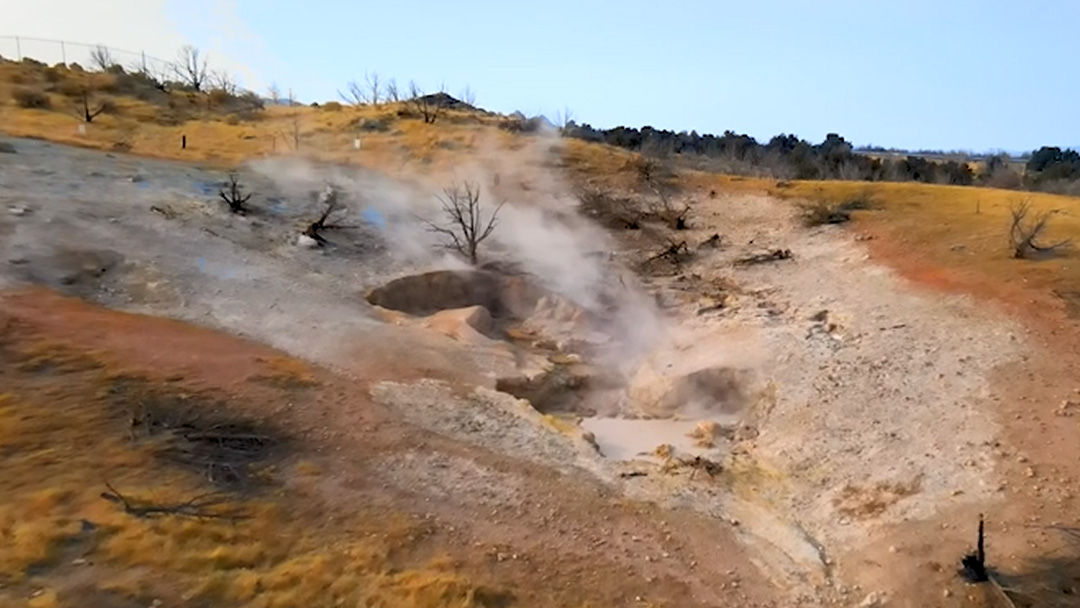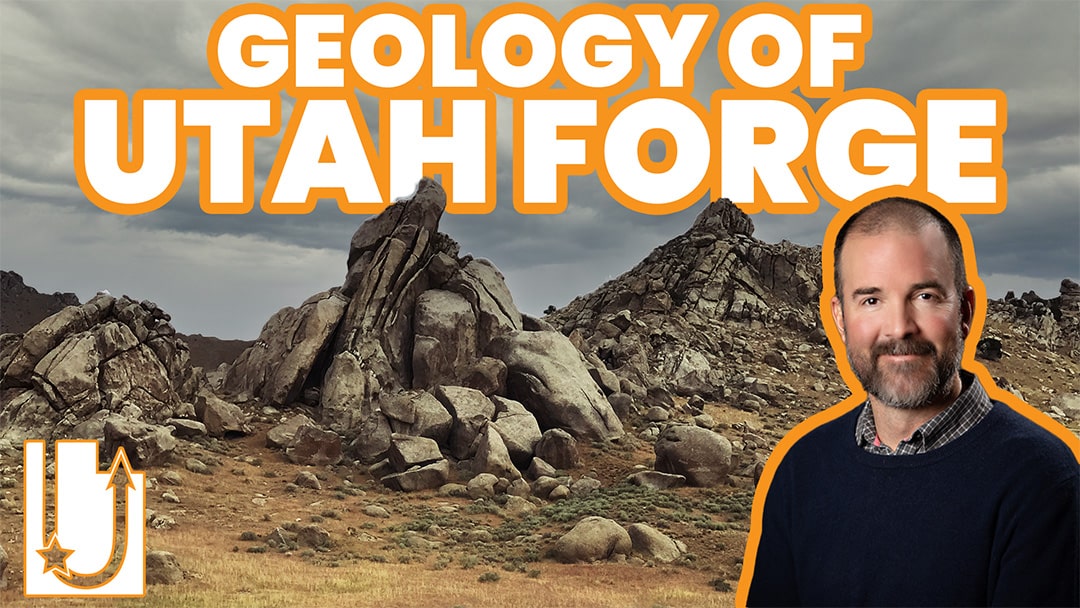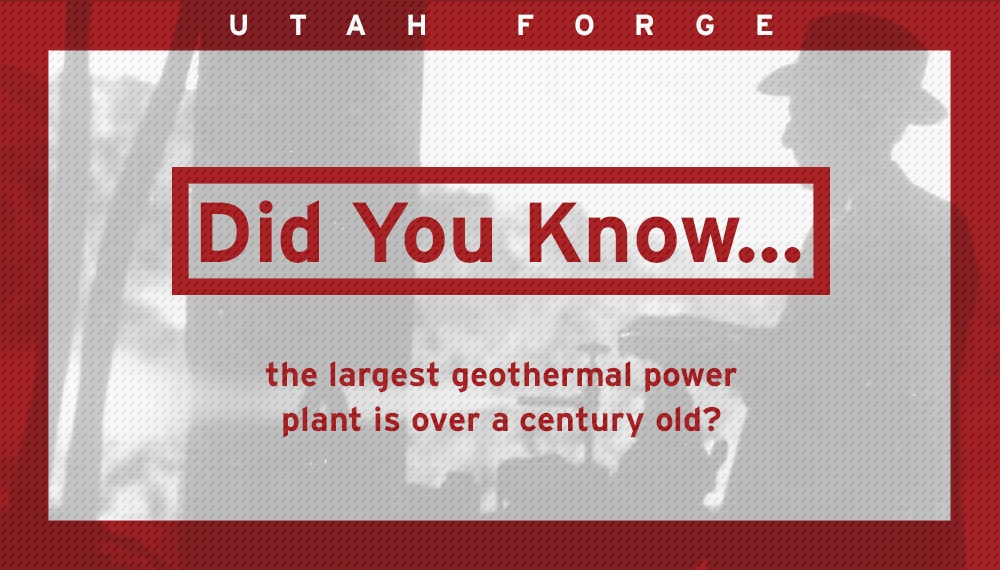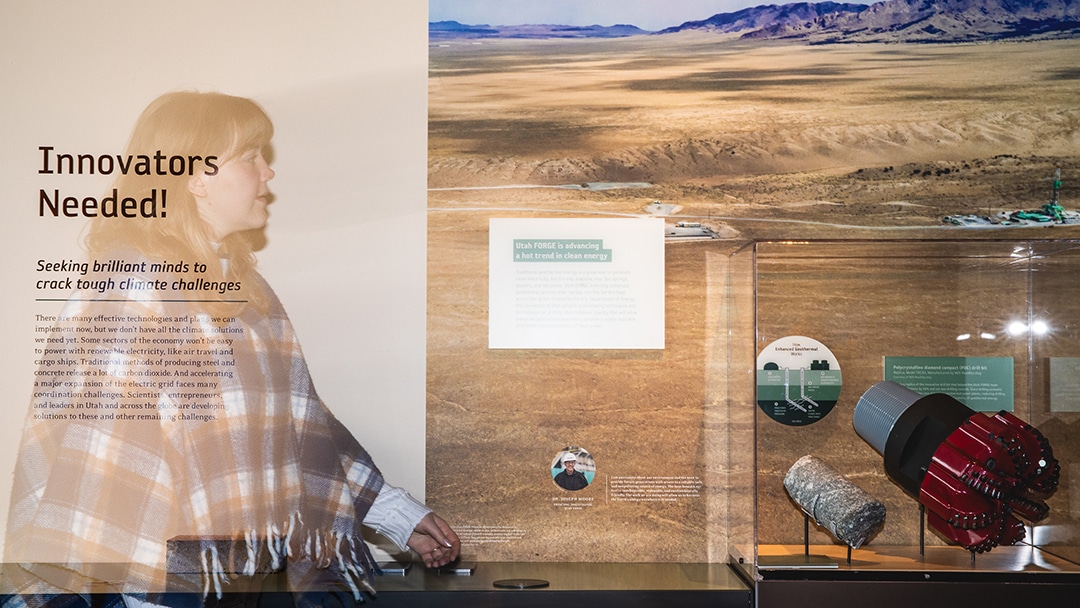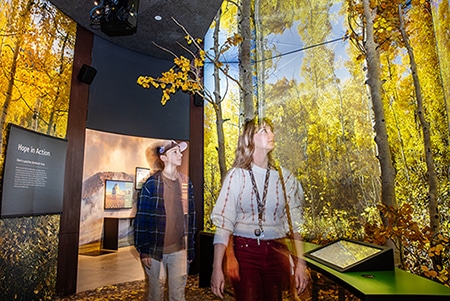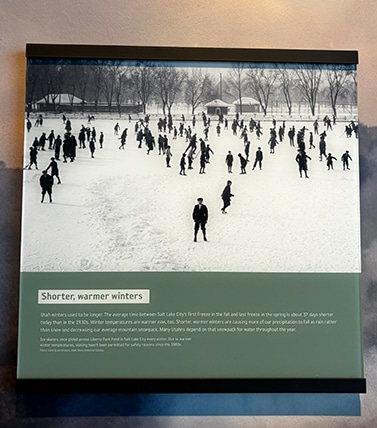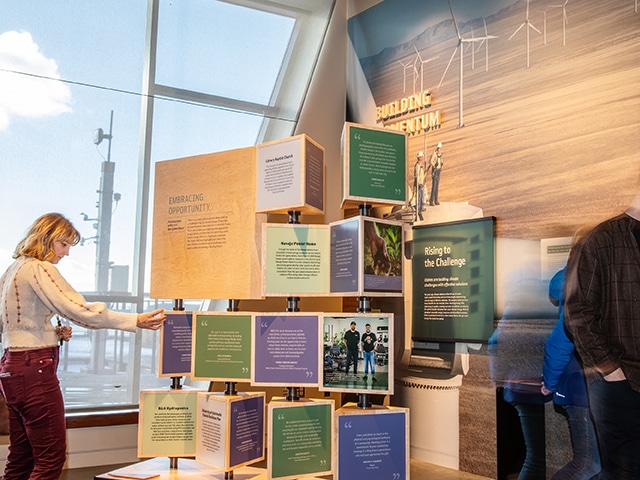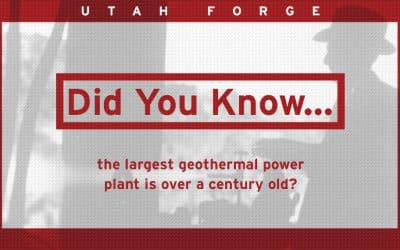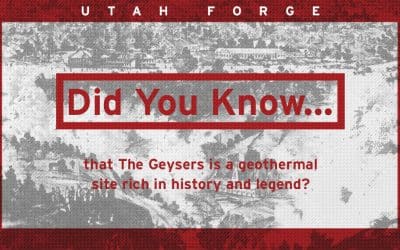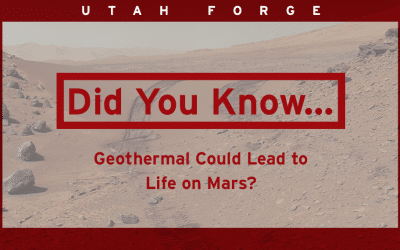NHMU’s Climate Communication Research
“A Climate of Hope” was carefully curated to meet the needs of Utah’s community members. Before the pandemic in 2020, the museum ran tests with visitors to gauge what they most wanted to see in an exhibit about climate change. Responses overwhelmingly indicated a desire to focus on building a better future. Thompson accredited part of this desire to the fatigue many people experience when climate change is communicated solely through a bombardment of data. It was clear that visitors wanted something different than what they had seen before.
With that in mind, the museum built “A Climate of Hope” as part of an adaptive, ongoing research project on best practices in climate communication. Lynne Zummo, NHMU’s Curator of Learning Sciences, is in charge of a four-year study to understand visitors’ learning process as they experience “A Climate of Hope.” The study’s results will inform changes to the exhibit over time as it’s continually adapted to better empower climate learning and engagement.
Engaging with the public about climate change can prove challenging, however, and that’s what makes this research so necessary. No two people will approach the climate crisis in the same way, and not everyone feels motivated to mobilize in the ways we might hope. A Yale research project studied this phenomenon and created the concept of “Global Warming’s Six Americas.” The “six Americas” identifies six categories of audiences within America that respond to climate change in different ways. People tend to be: alarmed, concerned, cautious, disengaged, doubtful or dismissive. Expanding climate change understanding means catering to each group and knowing how to communicate with each. Ideally, the contents of “A Climate of Hope” will help people bridge the gaps between their fear, hope or dismissal of the issue.
